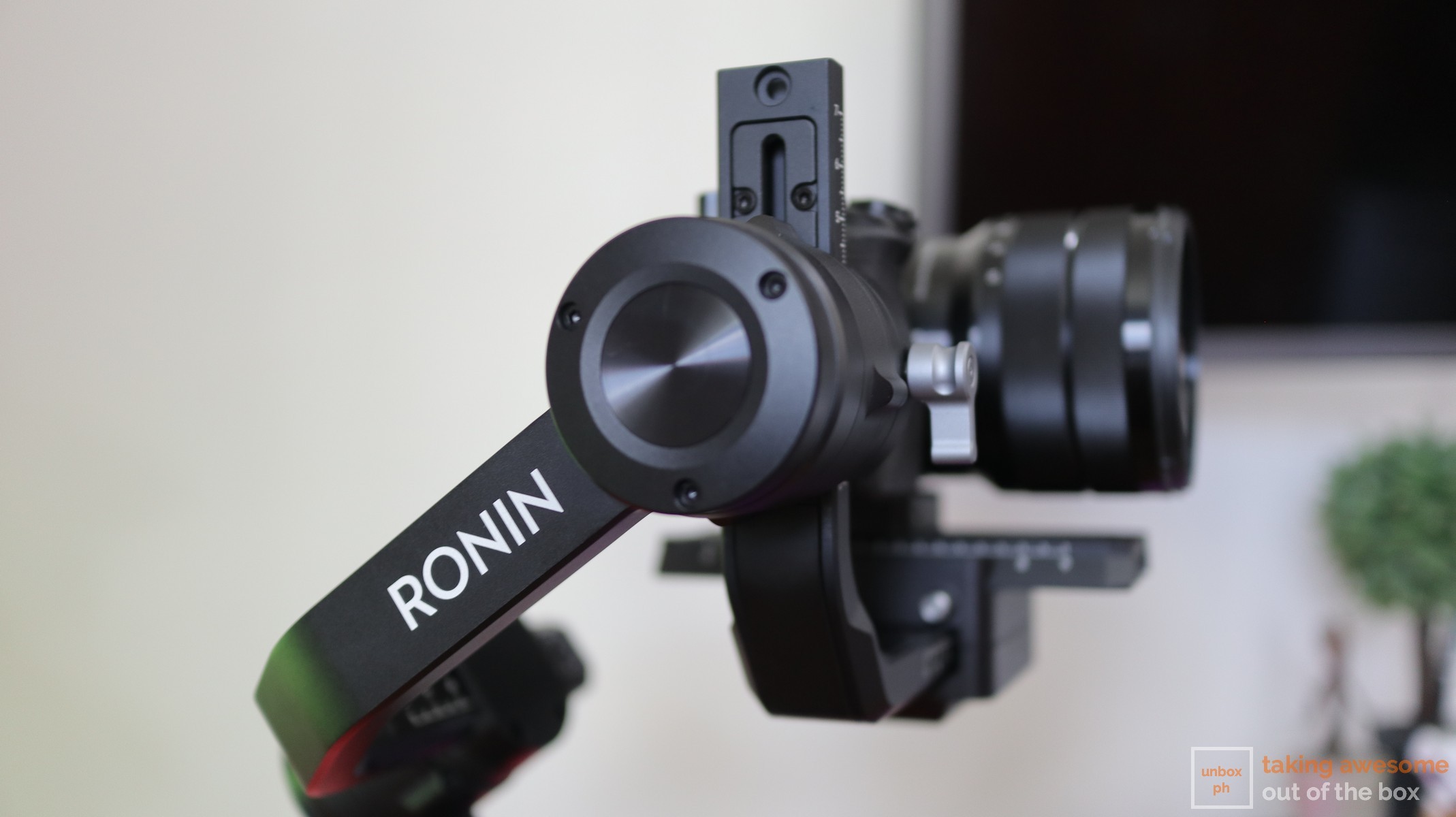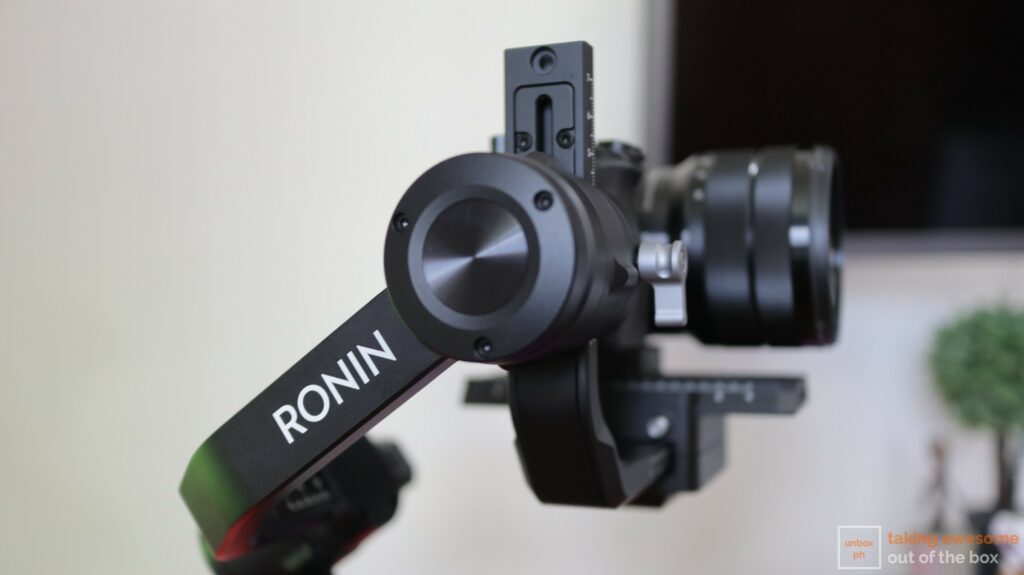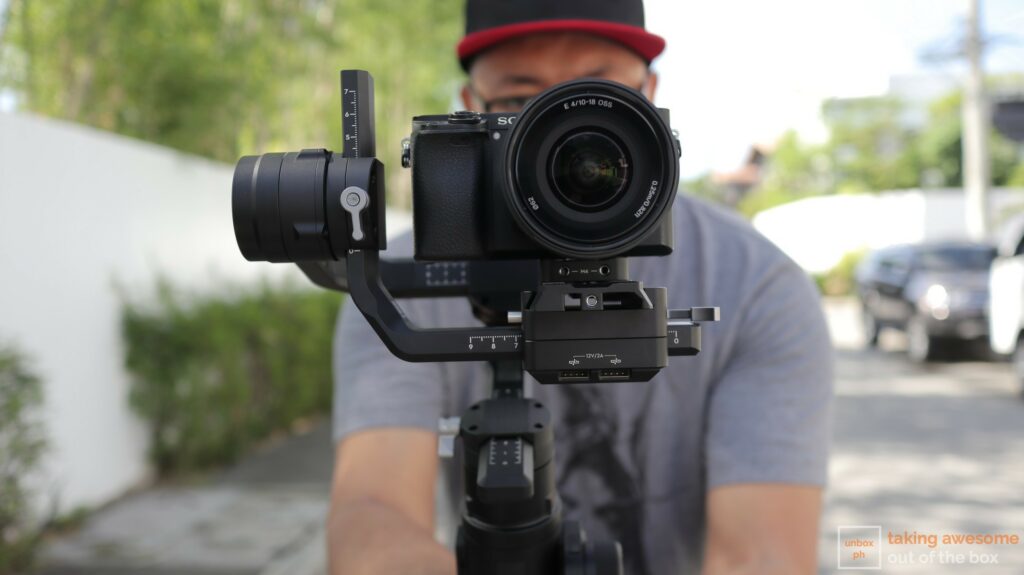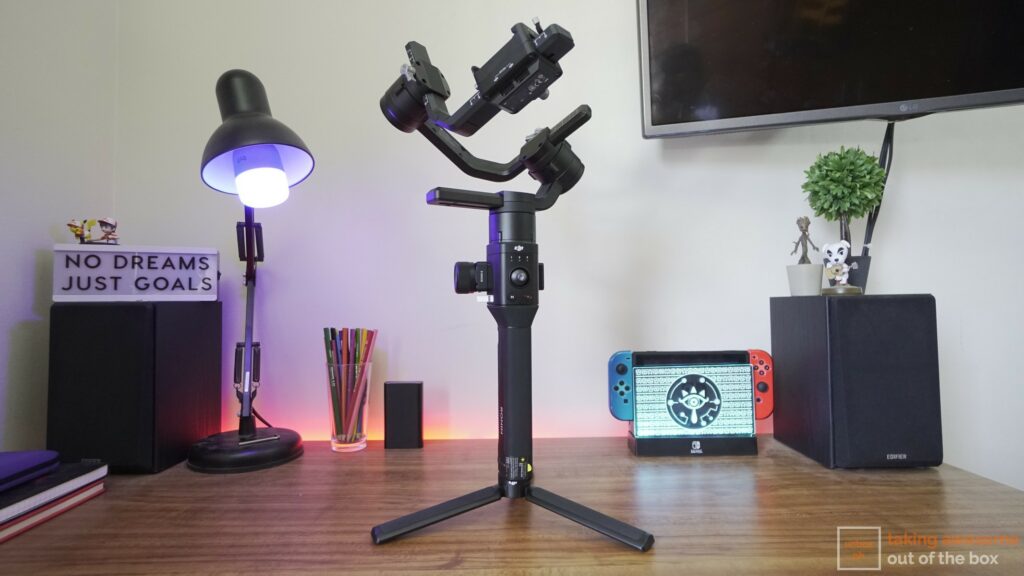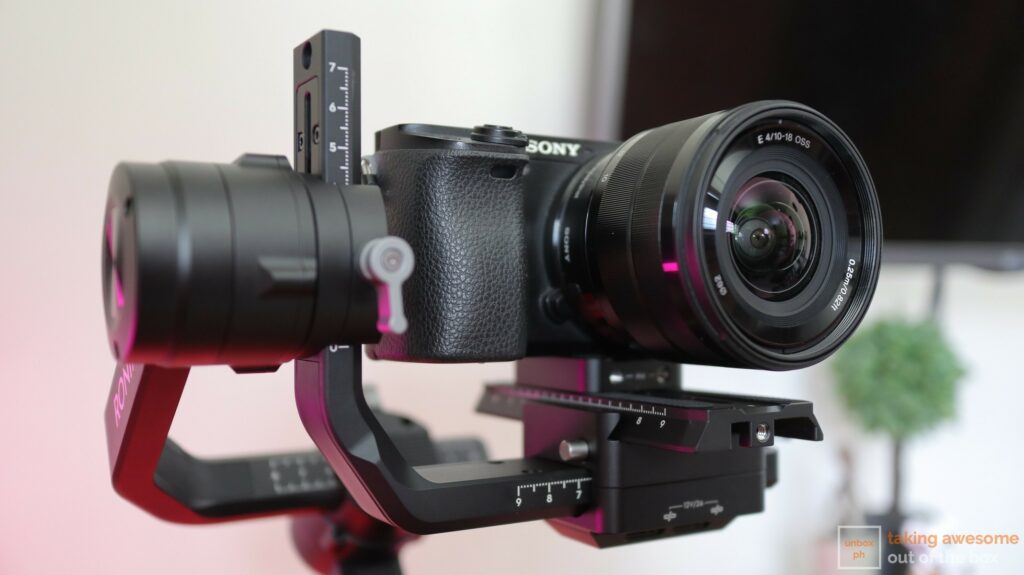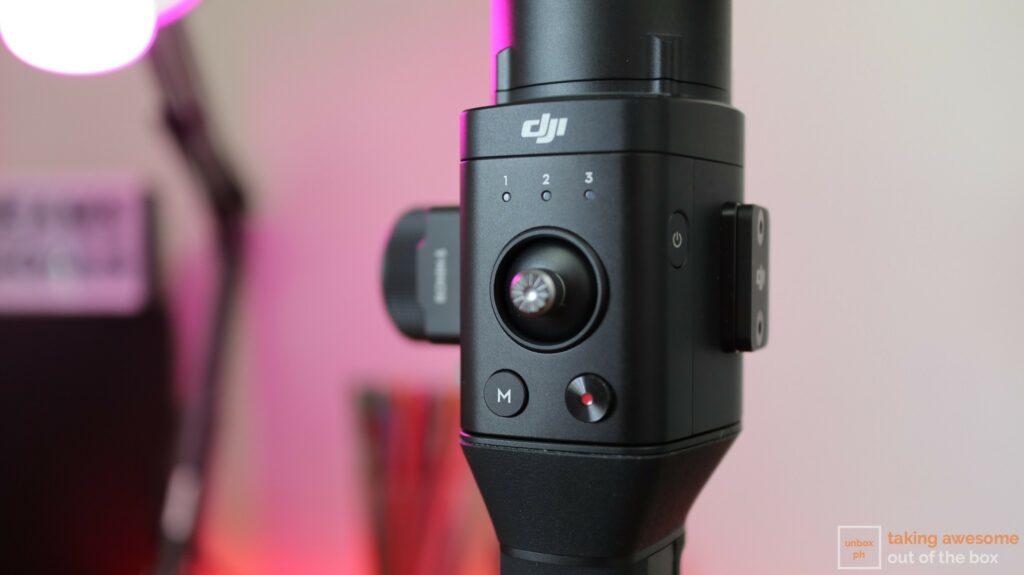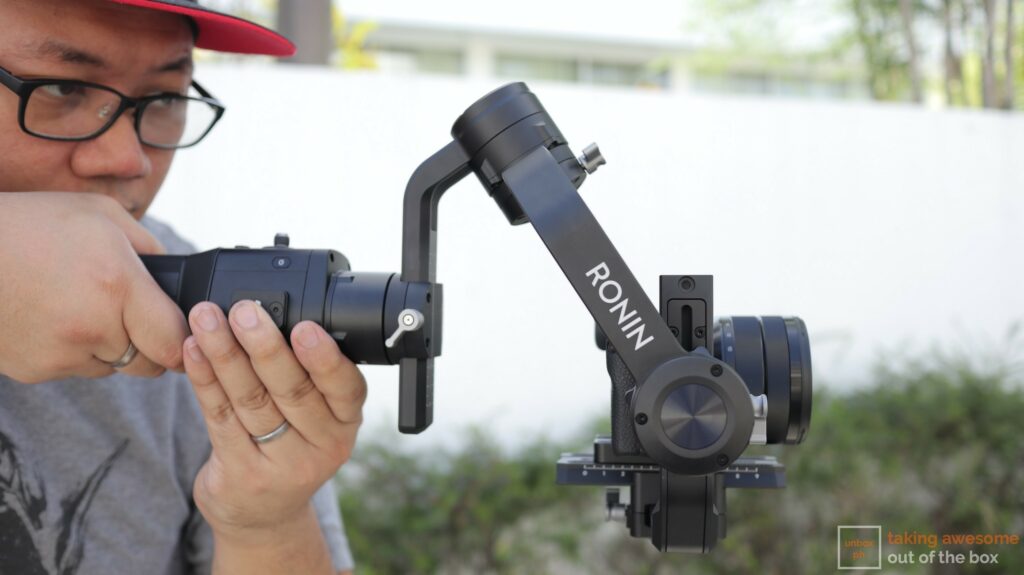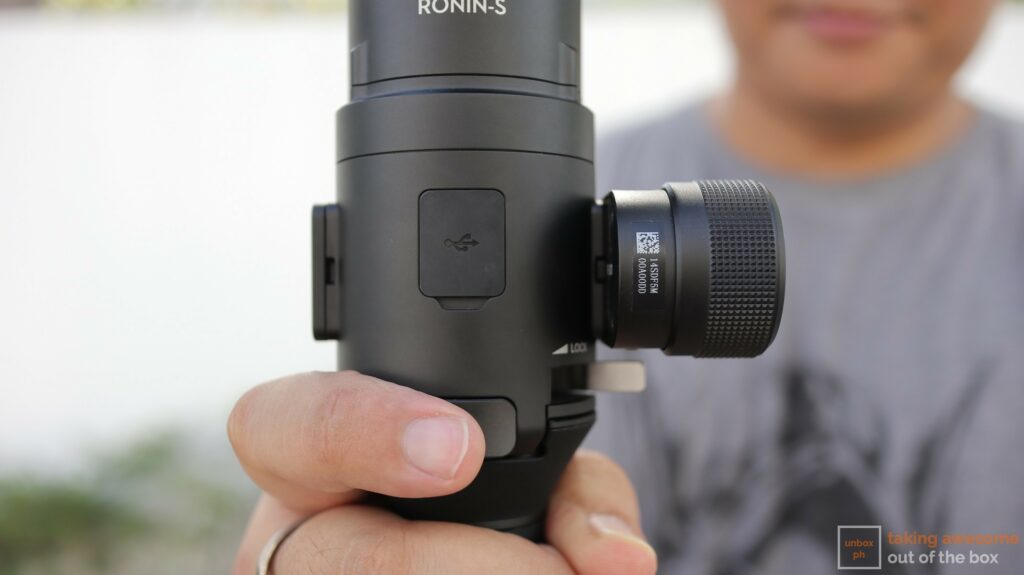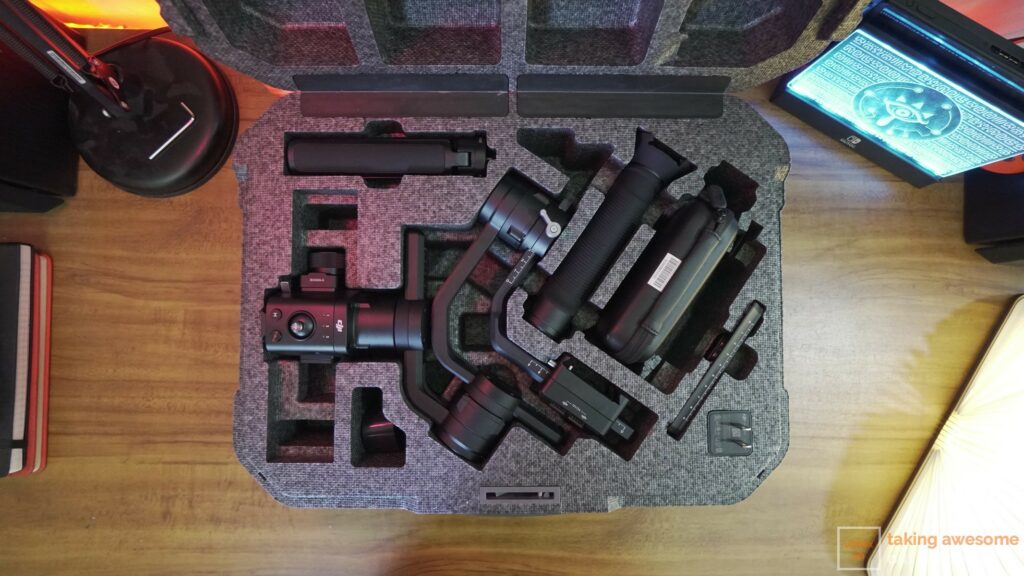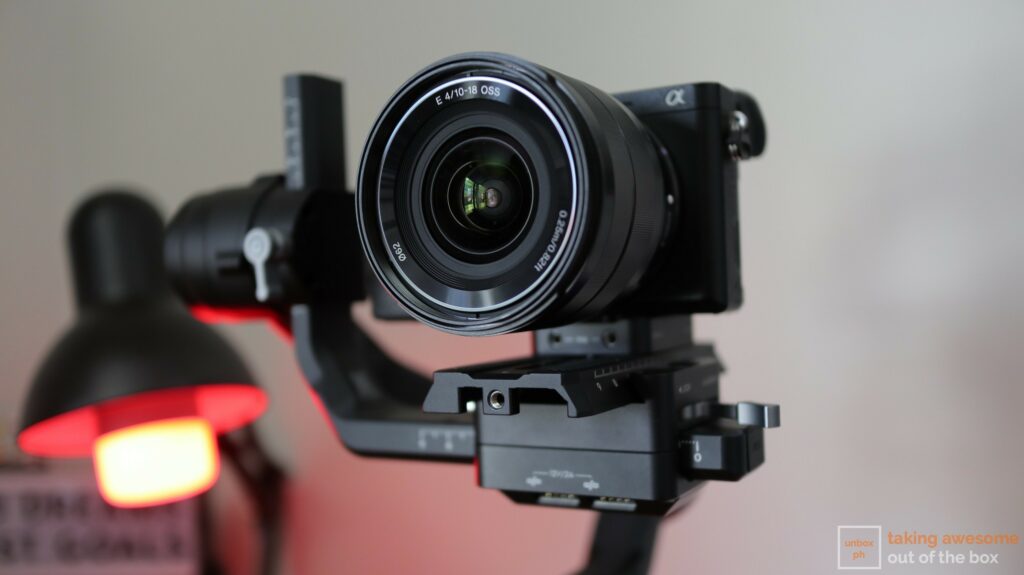A Week with Possibly the Best Handheld 3-Axis Gimbal
Being the video producer for the website, I have been looking for ways to add a little spice our videos on the YouTube channel and up my overall game. While I already own a DJI OSMO Pocket that’s great for getting really stabilized shots without the added the bulk of an entire rig, I also invested in a 3-axis gimbal so I can get high-quality footage out of my mirrorless camera. I was still learning the ropes when DJI approached us and asked if we wanted to try the Ronin-S and it was an opportunity I couldn’t pass up.
Now, as I mentioned earlier, I am still relatively new to this part of videography so I’ll try my best to give my insights on their first take at a handheld gimbal.
It Can Handle A Heavy Payload… and Give You a Workout
The first thing I noticed after we went in for a product talk from the folks over at DJI was how heavy the Ronin-S was compared to the gimbal I use on the regular with good reason, of course.
After some digging, cause it wasn’t on their website, it weighs 4.1lbs or just under 2 kilos but can handle payloads of up to 3.6kg. This means that, if it would fit, you can even have a Red Monstro 8K on this thing and it’ll handle it like a champ. Carrying it around with my tiny little mirrorless and trying neat maneuvers eventually took its toll on my arms and definitely gave me a bit of a workout.
My advice, since you are primarily going to be using your dominant hand to hold it, make sure that you balance out with a bit of weight training on your other arm.
There is an included stand so if you need to take a bit of break, you can easily put it on a level surface and pick it up after a bit of breather.
It Was Relatively Easy to Setup
If you’re new to 3-axis handheld gimbals, the first thing you’re going to want to do is learn how to balance your camera so you don’t put any unwanted load on its motors that can potentially damage it plus it will wobble if you don’t do it properly. Now, there are a ton of videos on the net that will teach you how to do this properly so I’ll skip over that part. I did appreciate that DJI made this part a little easier with how they made the knobs and latches to help you adjust your system and get you up and running. There are guides on each axis so you can easily remember each configuration when you switch out lenses or entire cameras for that matter.
It REALLY Helps Outputs Buttery Smooth Video
DJI has a ton of experience with gimbals from the bigger Ronin systems to the ones you’ll find on their awesome drones so it comes to no surprise that it can output really smooth video. The surprising thing about the experience I had with the DJI Ronin-S is that it felt really familiar. Now, granted I’ve had some prior experience with the Osmo and Osmo Mobile 2, but the rig felt like a bigger version of those gizmos.
Now, we’re not going to lie. You’re not just going to set this up, pick it up, and you’re going to get the very best footage. As you can see in the test footage, I could use a lot more practice with gimbals. There is going to be a learning curve but, if I had to point out one thing I love about DJI products, they make products that are relatively easy to learn and they’ve really thought about how end-user might interact with whatever they put out.
You can easily pair it with the app to bust out a Motion Timelapse or program moves if you want a little more precision than the joystick, set the gimbal speeds, customize various modes, and even set an infinite roll mode so you can really put a literal spin in your footage. Sadly, we were unable to test our some of the modes since my Sony a6300 didn’t support a few features when hooked up directly to the Ronin-S but we’ve seen countless of videos that say it does work and it works really well.
One thing we do have to tell you to get your footage smoother is to practice what people are calling the “Ninja Step”. Bend your knees a bit to make sure the shock of taking steps is dampened and your footage won’t have weird level changes; making it look more cinematic. Yup, it’s really going to be a bit of a workout if you plan on using this or any 3-axis gimbal for that matter.
It Lasts a Long Time
One of the understandable concerns with any motorized gimbal is how much juice it has. Can it last an entire day of shooting? Will I have to pick up a spare battery? Now, I am not a wedding videographer and most of the shoot we do for phones only last a couple of hours and I’m mostly on a tripod. While we were testing out the DJI Ronin-S, we didn’t have enough prolonged use to give you an actual number but with my week with it, I only had to top it twice. Once when I got from the folks at DJI and in the middle of the week as a precaution so I wouldn’t run out of power.
They’ve rated it to last up to 12 hours so I guess it’ll depend on the rig it has to balance on its axes and what you’re asking it to do via the app. There are a lot of variables but from our experience, we definitely think it can get close to the number they have listed in fact sheet.
Everything Tucks Nice and Neatly Back In Its Case
One thing that we love about DJI is that their products, more often than not, comes with a kickass case that organizes everything in its neat little spot and keeps it safe. We’ve seen this in the Phantom series drones and we’re glad they’ve continued on with their most recent gear. This is also a good way to see if you’ve misplaced gear or have forgotten to take something with you. Now the case does look like a styrofoam cooler but it does its job well and that’s all that really matters.
Is It a Good Purchase?
This is not an extremely technical review and I basically just relayed my experience with this device as a relative newbie to this sort of thing. I advise you to look to more experienced people who might give you more insight.
However, if you’re serious about your videography then I can easily recommend the DJI Ronin-S. It has a price tag of Php 42,700, which is a bit of cash to spend but I think it is fair given its quality. The most important part to consider here is if you think that it’ll up your game that you can easily make it back with your gigs so ask yourself: “Will the DJI Ronin-S up the quality of my videos and will it help me make more money in the long run?”
Should your answer lead to a yes then, by all means, invest in the gear if you think it’ll help you.


